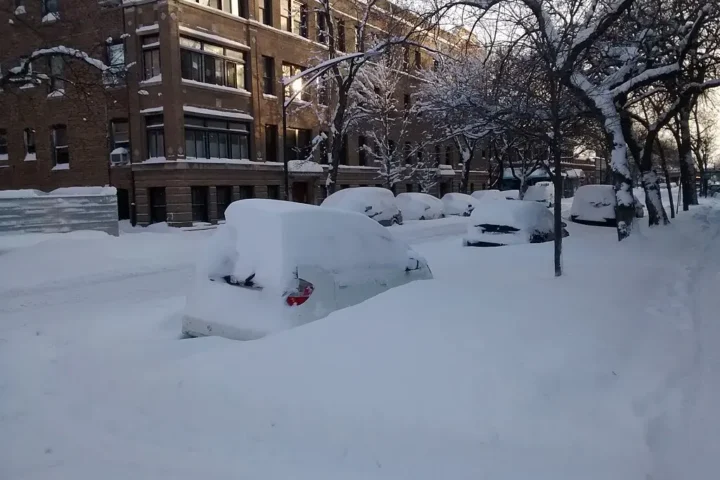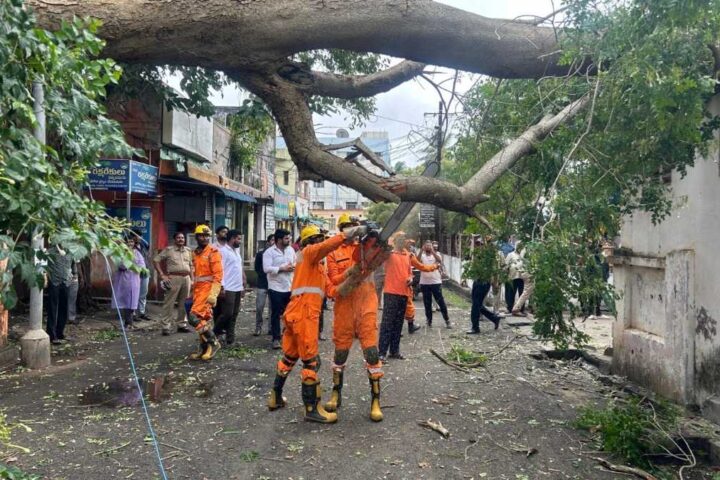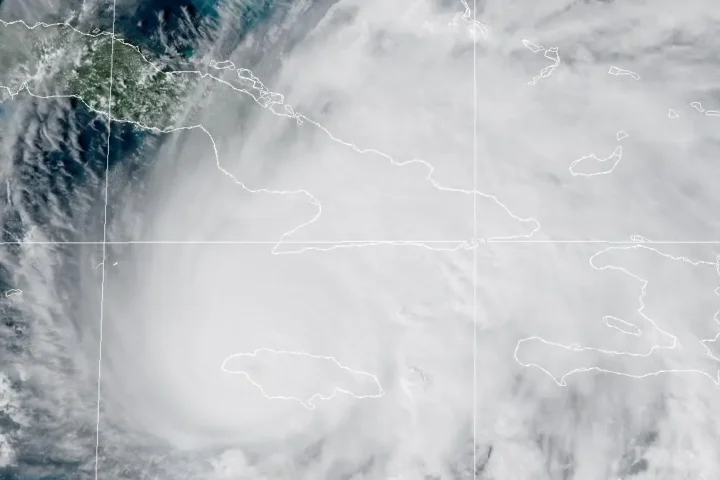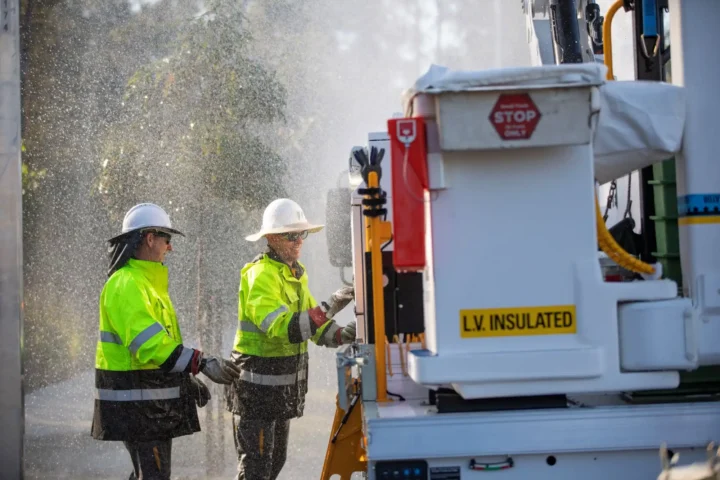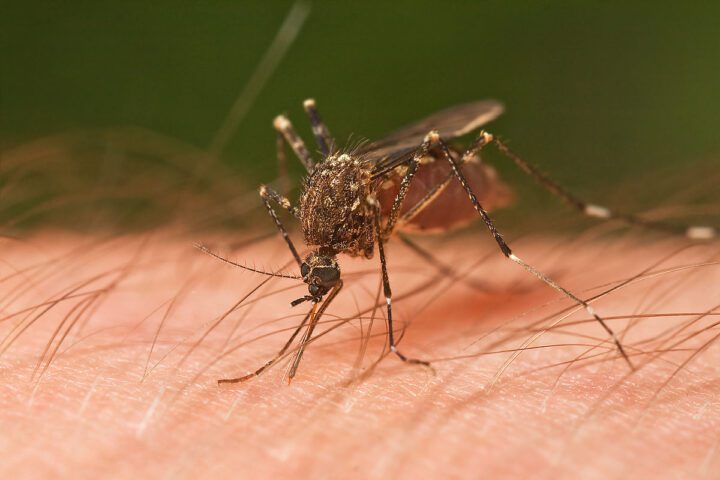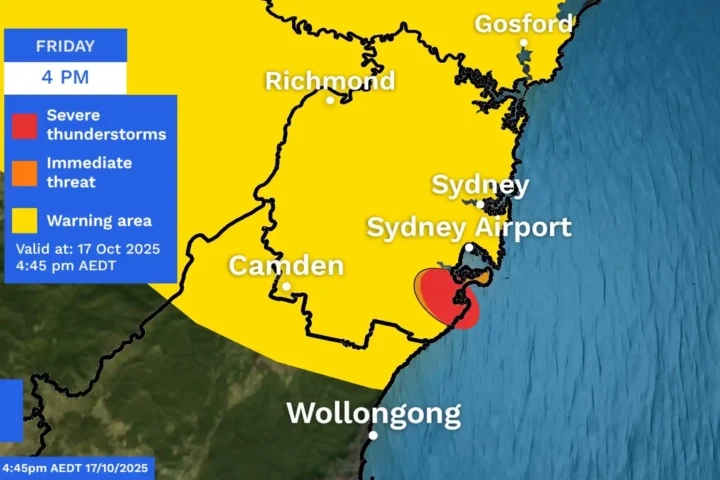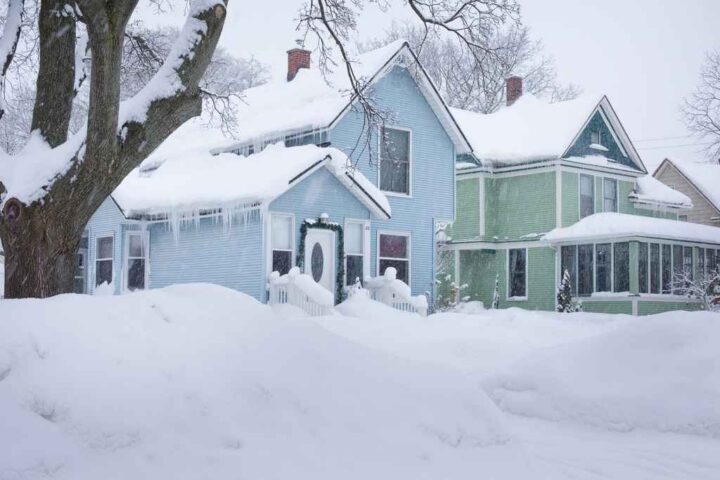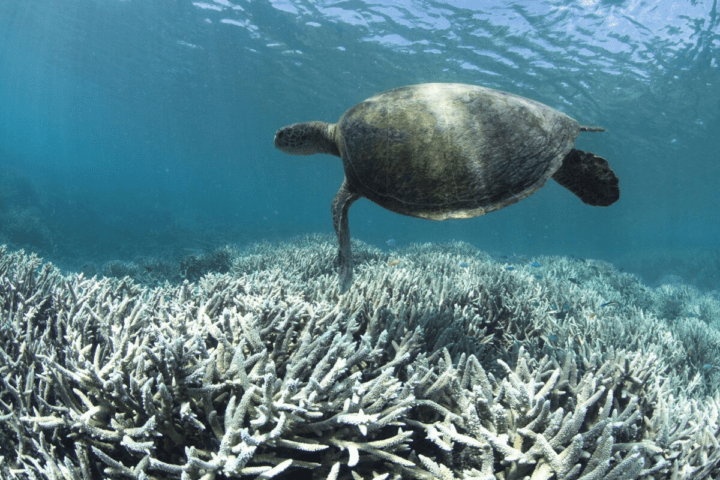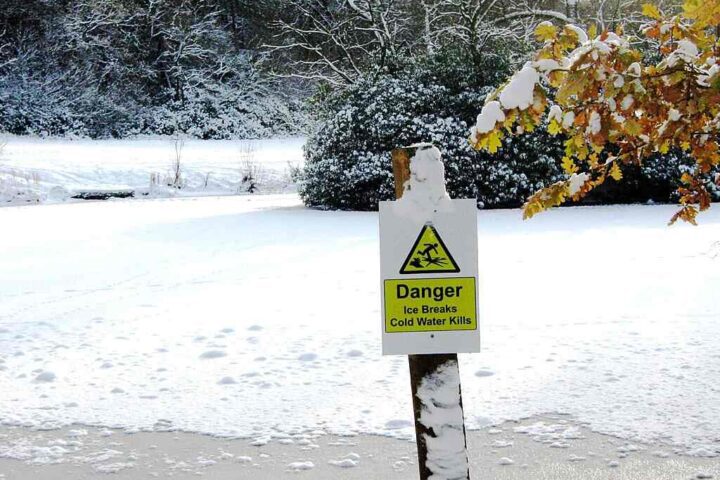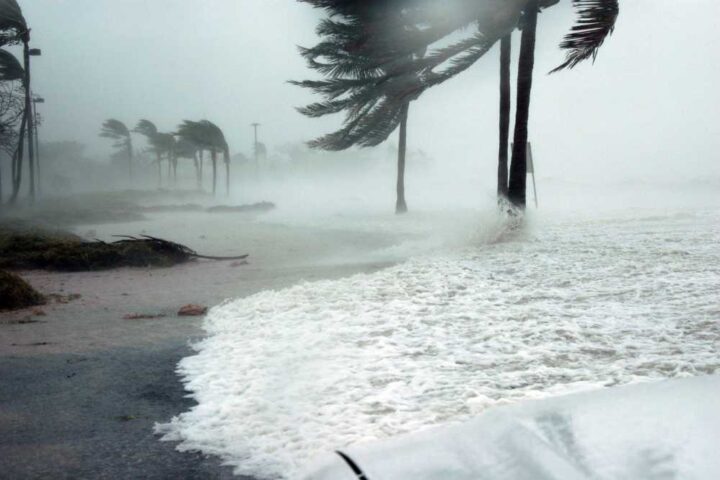
Early Winter Weather Strikes Alaska and Northeast
Multiple states face winter weather advisories as unseasonably early storms deliver heavy snow and freezing temperatures
The first week of October 2025 has brought early winter conditions across multiple U.S. states, with the National Weather Service issuing winter weather advisories for portions of Alaska and freeze warnings across the Northeast. Interior Alaska could receive up to 9 inches of snow through Friday evening, while states including New York, Vermont, and New Hampshire face sub-freezing temperatures threatening outdoor vegetation and infrastructure.
Alaska’s Fairbanks area recorded its first inch of snow on September 30, approximately two weeks ahead of the typical October 9 average date. The phenomenon known as “termination dust” appeared on Chugach Mountain peaks in late September, signaling the transition from summer to winter. These early snowfall patterns reflect broader seasonal shifts occurring across northern regions.
The NWS Fairbanks office has warned travelers along the Steese and Elliott highways to expect slippery conditions and reduced visibility during Thursday evening and Friday morning commutes. Meanwhile, northeastern states face frost and freeze conditions that could damage crops and sensitive vegetation, with temperatures dropping into the upper 20s and low 30s Fahrenheit.
Weather Impact By The Numbers
Current data from active advisories and observations across affected regions
Interactive Regional Weather Map
Explore affected locations and click markers for detailed advisory information
Essential Winter Weather Safety Guidelines
Recommended precautions from the National Weather Service for affected regions
Weather Event Timeline
Chronological progression of early winter conditions from initial observations to peak advisory periods
Detailed Advisory Information
Complete breakdown of weather warnings for each affected region
Advisory Status and Monitoring
The winter weather advisories and freeze warnings covered in this report remain active through Friday evening for Alaska and Thursday morning for northeastern states. Regional National Weather Service offices continue to provide updated forecasts through their websites and social media channels.
The early arrival of winter conditions in Alaska preceded historical averages by approximately two weeks, with Fairbanks receiving measurable snow on September 30. These patterns of unusual weather timing continue to affect multiple regions globally, from Arctic warming trends to accelerated ice sheet changes.
Travelers in affected areas were advised to check road conditions via 511 services and allow extra commute time. Residents in freeze warning zones were encouraged to protect sensitive vegetation and outdoor plumbing. Weather conditions are expected to improve by the weekend in northeastern states, with temperatures reaching 70s to near 80 degrees under full sunshine.



